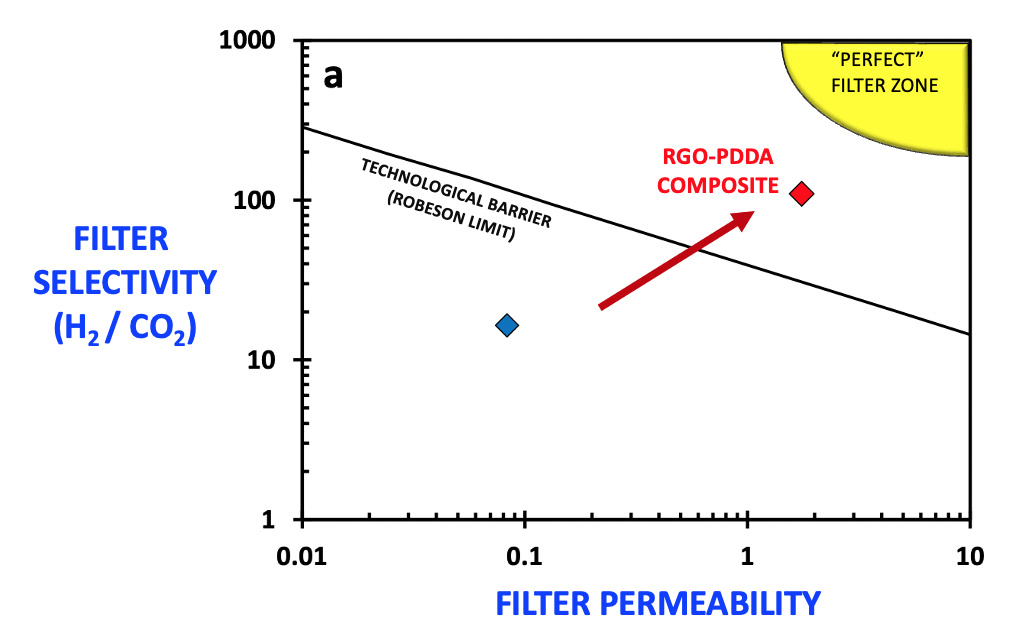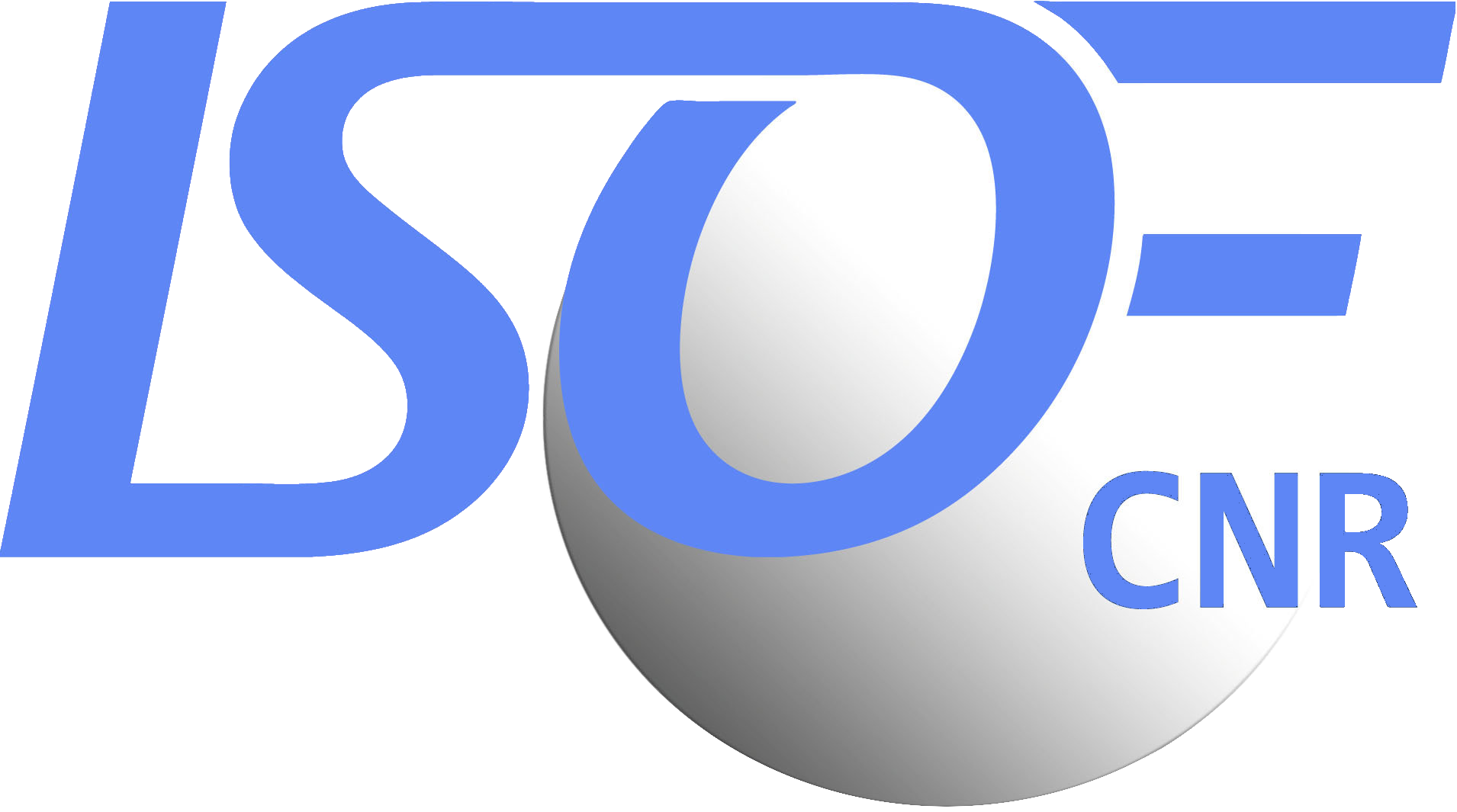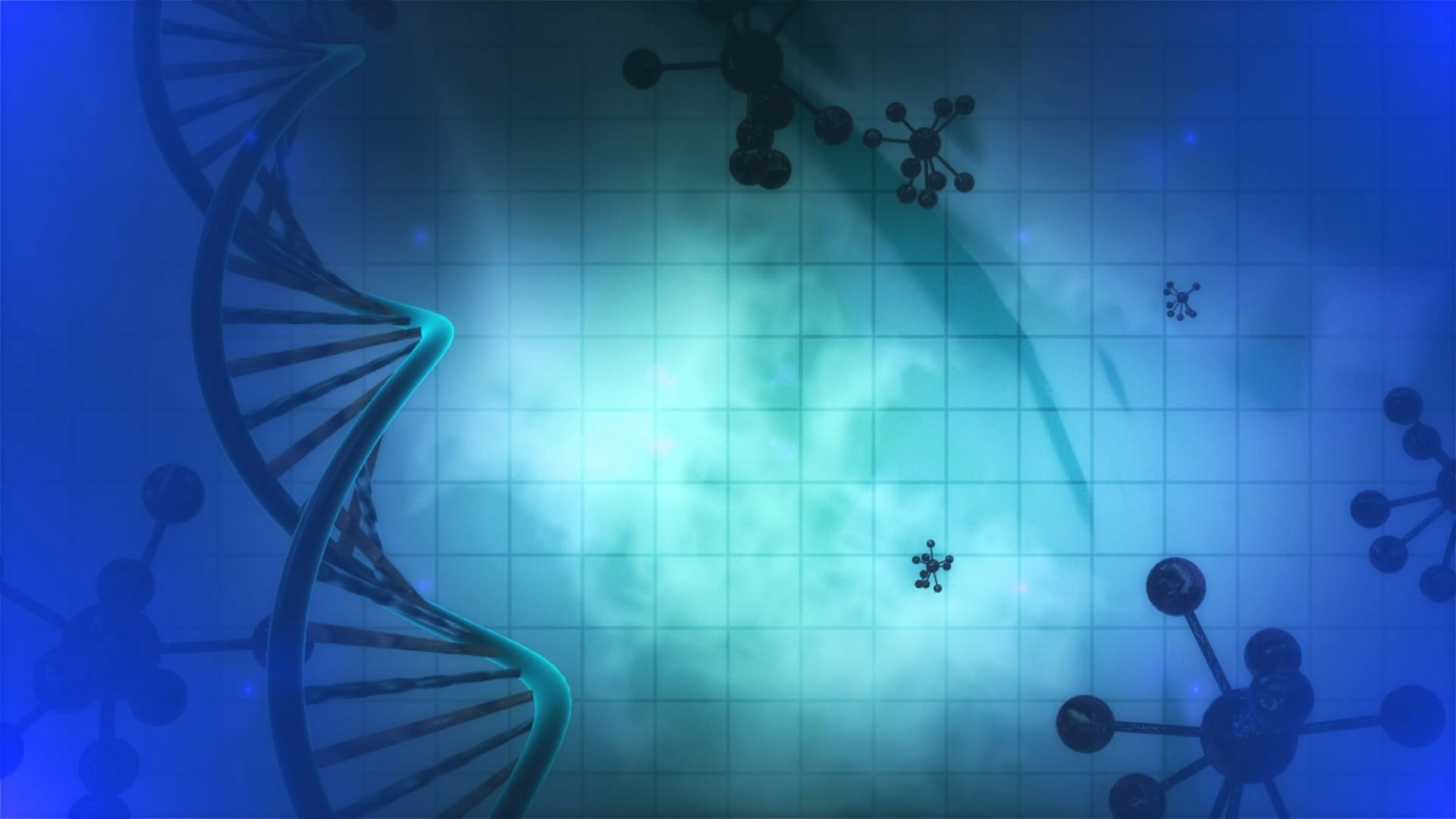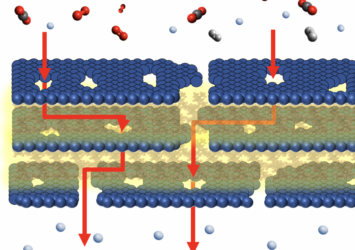Despite being abundant in the universe, elemental hydrogen, in the form of diatomic H2 molecules, is not naturally found on Earth. Due to its low density, hydrogen molecules would quickly ascend to the upper layers of our atmosphere and escape into space. The most efficient and practical way to obtain and store molecular H2 is by extracting it from mixtures where it’s already present. Reforming of fossil feedstocks is a well-established technology for producing diatomic hydrogen, but it also generates CO2 as a byproduct.

Researchers from ISOF, in collaboration with the Department of Materials Engineering of the University of Bologna and the Italian start-up Graphene-XT, have introduced a groundbreaking layered nano-composite material designed for highly selective H2 purification. These composites resemble nanoscale sandwiches, consisting of alternating layers of positively charged Poly(DiallylDimethylAmmonium chloride (PDDA) and negatively charged graphene oxide (GO) nanosheets, precisely assembled through electrostatic interactions and the layer-by-layer technique.

The layered structure of these GO-PDDA composites exhibits exceptional selectivity, enabling faster H2 permeation compared to other gases. By transforming GO into reduced GO, it is possible to enhance the porosity of the nanosheets, increasing material permeance and selectivity, thus surmounting current technological limitations in membrane performance.

The full scientific paper is accessible, open access, at:
Adv. Mater. Interfaces 2023, 2300357


